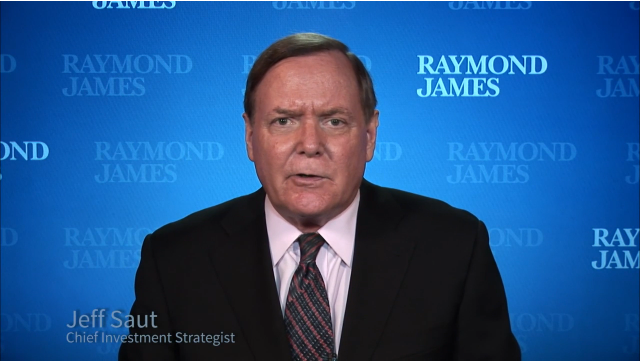August Gleanings
A Monthly Chart Presentation and Discussion Pulling Together the Disciplines of Economics, Fundamentals, Technical Analysis, and Quantitative Analysis Published by Raymond James & Associates
“L. Frank Baum’s book was penned in 1900 following unrest in the agriculture arena (read: farmers) due to the debate over gold, silver, and the dollar standard. The book, therefore, is supposedly an allegory of these historical events making the information easier to understand. In said book, Dorothy represents traditional American values. The Scarecrow portrays the American farmer, while the Tin Man represents the workers and the Cowardly Lion depicts William Jennings Bryan. Recall that at the time, Mr. Bryan was the official standard bearer for the “silver movement,” as well as the unsuccessful Democratic presidential candidate of 1896. Interestingly, in the original story, Dorothy’s slippers were made of silver, not ruby, implying that silver was the populists’ solution to the nation’s economic woes. Meanwhile, the Yellow Brick Road was the gold standard and Toto (Dorothy’s faithful dog) represented the prohibitionists, who were an important part of the silverite coalition. The Wicked Witch of the West symbolizes President William McKinley and the Wizard is Mark Hanna, who was the chairman of the Republican Party and made promises that he could not keep. Obviously “Oz” is an abbreviation for “ounce.”
It should be noted that before 1873, the U.S. dollar was defined as consisting of either 22.5 grains of gold or 371 grains of silver. This set the legal price of silver in terms of gold at roughly 16:1 and put the country on a gold/silver bimetallic standard. Since both metals had other uses than just coinage, whenever the ratio got out of whack, rational people would buy the cheaper metal and take it to the mint to coin. That provided a natural stabilizing arbitrage. With the 1873 Coinage Act, however, the silver dollar was omitted, effectively shifting the country from a bimetallic to a gold standard. Other countries soon followed this shift and as tons of silver were unloaded, the market price of silver, in terms of gold, rose from 16:1 to 40:1. The result was that the dollar was now linked to a metal that was getting scarcer and scarcer.
Particularly hurt by these events were the net debtors, among them the farmers, because they had to face a rising real value of their debts combined with declining agricultural prices (in dollar terms). Now, while there was a bunch of “noise” in between (the Sherman Silver Purchase Act of 1890, the panic and depression of 1893, etc.), the situation hit its zenith in 1896 culminating with William Jennings Bryan’s “Cross of Gold” speech at the Democratic National Convention.”



